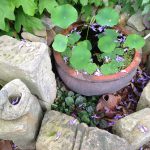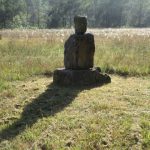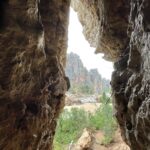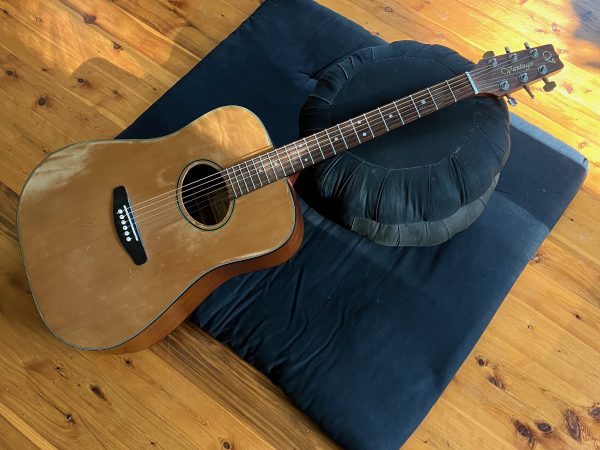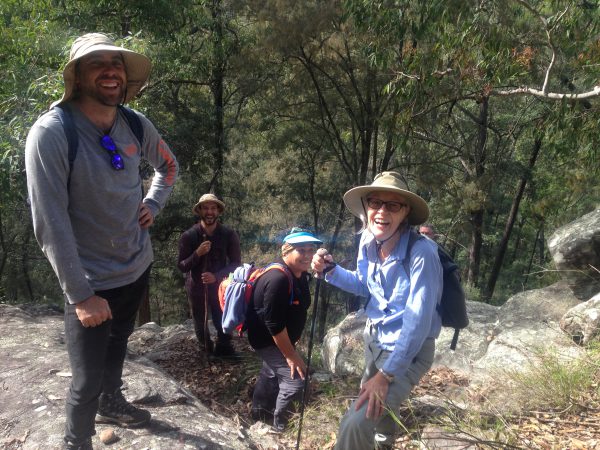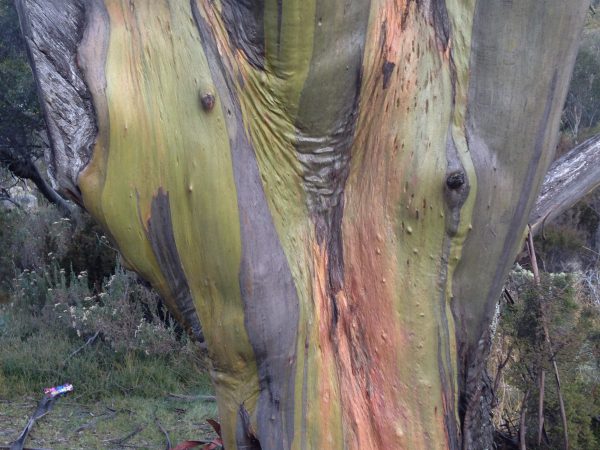Trust
Trust the Buddha, trust the practice, trust your intention to realise the Way. Youmade the decisionto come to sesshin. Trust yourself enough to honour that decision and commit anew to your practiceat the start of each period of zazen. Release anything extra in your body, mind and heart. Mu is the first koan in the collection called The Gateless Barrier,

